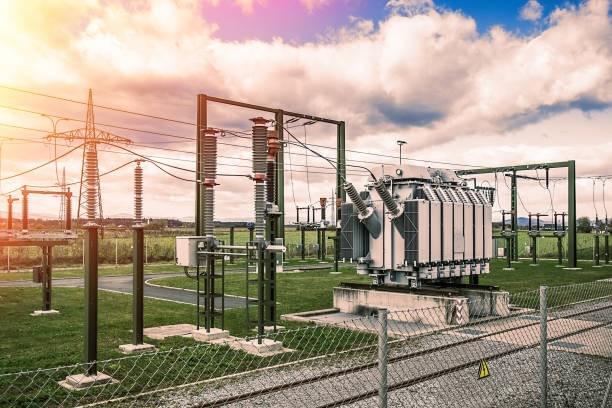Introduction
Voltage transformers (VTs) are critical components in electrical systems, but they can be susceptible to a complex phenomenon known as magnetic resonance. This technical exploration will unravel the intricacies of magnetic resonance in VT circuits, its mechanisms, potential risks, and mitigation strategies.

What is Magnetic Resonance in Voltage Transformers?
Magnetic resonance occurs when a voltage transformer's primary winding is connected to an unearthed circuit. This unique configuration creates a parallel circuit between the transformer's magnetizing reactance and the system's coupling capacitance.
Key Characteristics of Magnetic Resonance
- Triggered by voltage transients
- Involves interaction between magnetizing reactance and system capacitance
- Can lead to significant voltage and current oscillations
Mechanism of Magnetic Resonance
Circuit Dynamics
- Magnetic flux through the transformer core varies
- Creates an LC circuit
- Even minor voltage transitions can excite resonance frequency
Resonance Progression
- Initial voltage transient
- Rapid voltage increase across circuit components
- Potential transformer core saturation
- High current surges
- Potential transformer damage

Mitigation Strategies
Loading Methods
Method 1: Broken Delta Connection
- Secondary windings connected in an open triangle
- Resistor completes the circuit
- Resistor wattage: 50% of VT's VA rating
Method 2: Parallel Resistance
- Resistors placed across VT secondary terminals
- Recommended resistance: Between no-load excitation VA and 50% of VT thermal rating
One-Time Damping Devices
Characteristics
- Typically use silicon carbide non-linear resistors
- High resistance during normal operation
- Low resistance during system disturbances
- Limits transformer surge currents

Conclusion
Magnetic resonance in voltage transformers is a complex phenomenon requiring careful understanding and strategic management. By implementing appropriate loading techniques and damping devices, electrical systems can minimize potential risks and ensure reliable operation.
About the Technology
Emerging electrical engineering solutions, like those developed by companies such as Nengfu Electrical, continue to advance our understanding and management of these intricate electrical system challenges.
